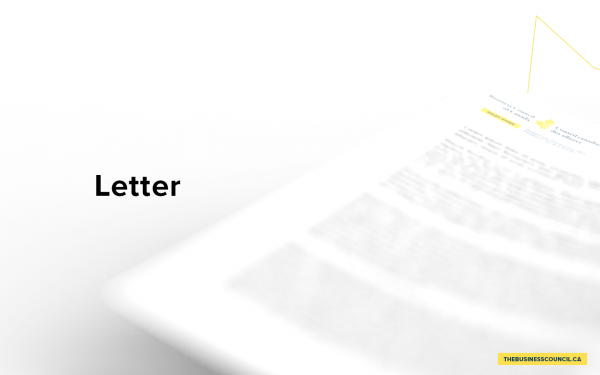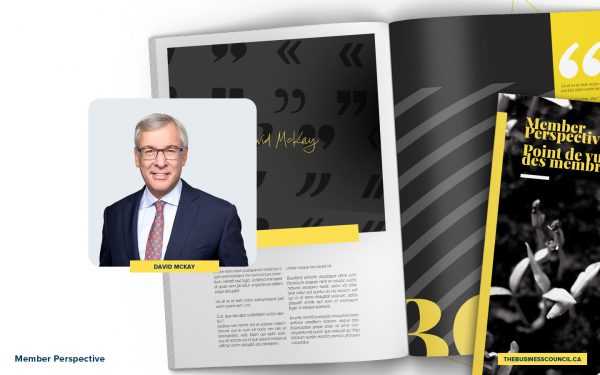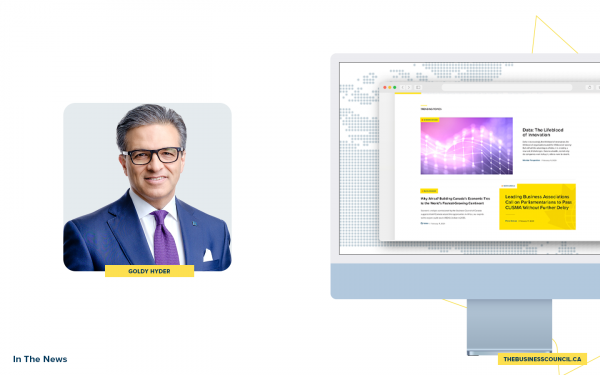The difficulty in reading Canada’s economic tea leaves in a murky world of ‘what ifs’
As published in the Toronto Star
The dissonance is almost commonplace nowadays when the job numbers come out the first Friday of every month.
Canada’s unemployment rate is just five per cent — rock bottom, and that’s not just a superficial reading. It comes with so many other signs of a job market with some staying power, even with warnings of a weakening economy in the air.
More people than ever before are participating in the workforce, and they’re landing jobs — even those workers who used to be so marginalized. South-Asian, Black, men and women, young and old, you name it. The private sector and the public sector alike are all hiring.
So is it safe to say we’re coasting in for a soft-landing, and perhaps even “building back better” at the same time?
No. A soft landing that avoids harsh losses is not at all assured, despite what the Bank of Canada’s forecast this week projected. While Canada is definitely building back from the pandemic, we’re building back different — with caution, with a leery eye on the dark forces around us.
Where once Canadians were told they would burst forth from the pandemic with renewed gusto to ensure plenty for everyone, the Canadian economy is now recovering into an era of “what if” What if Russia doesn’t end its war in Ukraine soon? What if relations between the United States and China deteriorate further? What if we can’t get enough computer chips, or critical minerals, or all the investment needed for transition to clean energy? What if governments change the rules in midstream? What if technology suddenly requires a whole new skill set from employees? Illness, extreme weather, and the list of unpredictability goes on.
Consumers and investors alike are daunted by the prospects before us, resisting big changes and hesitating with their money as they seek to mitigate risk and look, often in vain, for certainty from regulators and policymakers.
According to the central bank’s latest Business Outlook Survey, shoppers and company clients are feeling the effects of higher interest rates and fears of recession. Businesses are expecting to see weak sales growth over the coming months.
And at the same time, both the Bank of Canada and Finance Minister Chrystia Freeland have zeroed in on business investment as a source of concern over the long term, pointing out the need for companies to pile in if Canada is to maintain its ability to grow and be prosperous.
Easier said than done in a “what if” economy.
The post-pandemic forces driving prices — profit, loss, future prospects — are wonky. What was once seemingly dependable in terms of expectations is now much more unreliable.
The central bank has revised its outlook repeatedly and even as it is forecasting a soft landing, that gentle projection is not what we see coming from the U.S. Federal Reserve or the International Monetary Fund. Even the federal budget, with its proclivity to show the best side of everything, projected two straight quarters of mild contraction and warned of declining corporate profits.
But then there’s all those jobs. They just keep coming — 383,000 new positions in the past six months, despite a blistering pace of interest-rate hikes meant to slow it all down and despite dismal projections for growth in the near future. The central bank’s survey says more than half of Canadian companies are planning to expand their payroll even further over the next year.
“I’m surprised how long it has lasted,” says Indeed Canada’s economist Brendon Bernard, who watches every wrinkle in the labour market and isn’t surprised by much.
For sure, there are some expectations that the labour market is just slow to react. Hiring is not as hot as it was, and the cumulative impact of higher interest rates is still barrelling its way through the economy.
Job boards are not as jammed as they once were, says Bernard, but the number of postings is still much higher than pre-pandemic normal.
Perhaps this is our build-back-better element. Even as the economy grapples with high interest rates, inflation and a pending slowdown, we have — so far — avoided pain in the job market.
But why would companies facing rough times ahead keep looking for labour? In part, there’s an underlying shortage of the right people at the right time. The search for skills transcends the ups and downs of the economic cycle, no matter how wonky.
But it’s also the “what ifs” coursing through the economy.
What if employers can’t get find the right people when their customers and clients suddenly want something different, or something more? What if top-notch employees suddenly jump ship because they see better wages somewhere else? The hiring, in part, reflects employers’ attempts to make sure they have the right flow of people, in Canada and coming from abroad, for every twist and turn.
It’s easier to keep a workforce at the ready than it is to make a long-term decision to boost production by investing in new equipment or technology or infrastructure, says Philip Smith, a former Statistics Canada economist.
“When the world is so uncertain, why not do exactly that?” he said in an interview.
That may keep the workforce out of trouble in the near future, but there’s a problem if that preference for labour over capital persists. If there’s one thing all the dissonant forces and contradictory forecasts point to, it’s tepid growth over the long term — an erosion that won’t allow us to maintain our standard of living and all the comfort that comes with it.
Are we condemned to this? Of course not. But unless we all find a way to mitigate the “what ifs” and take some bigger risks, that path will be our future.








